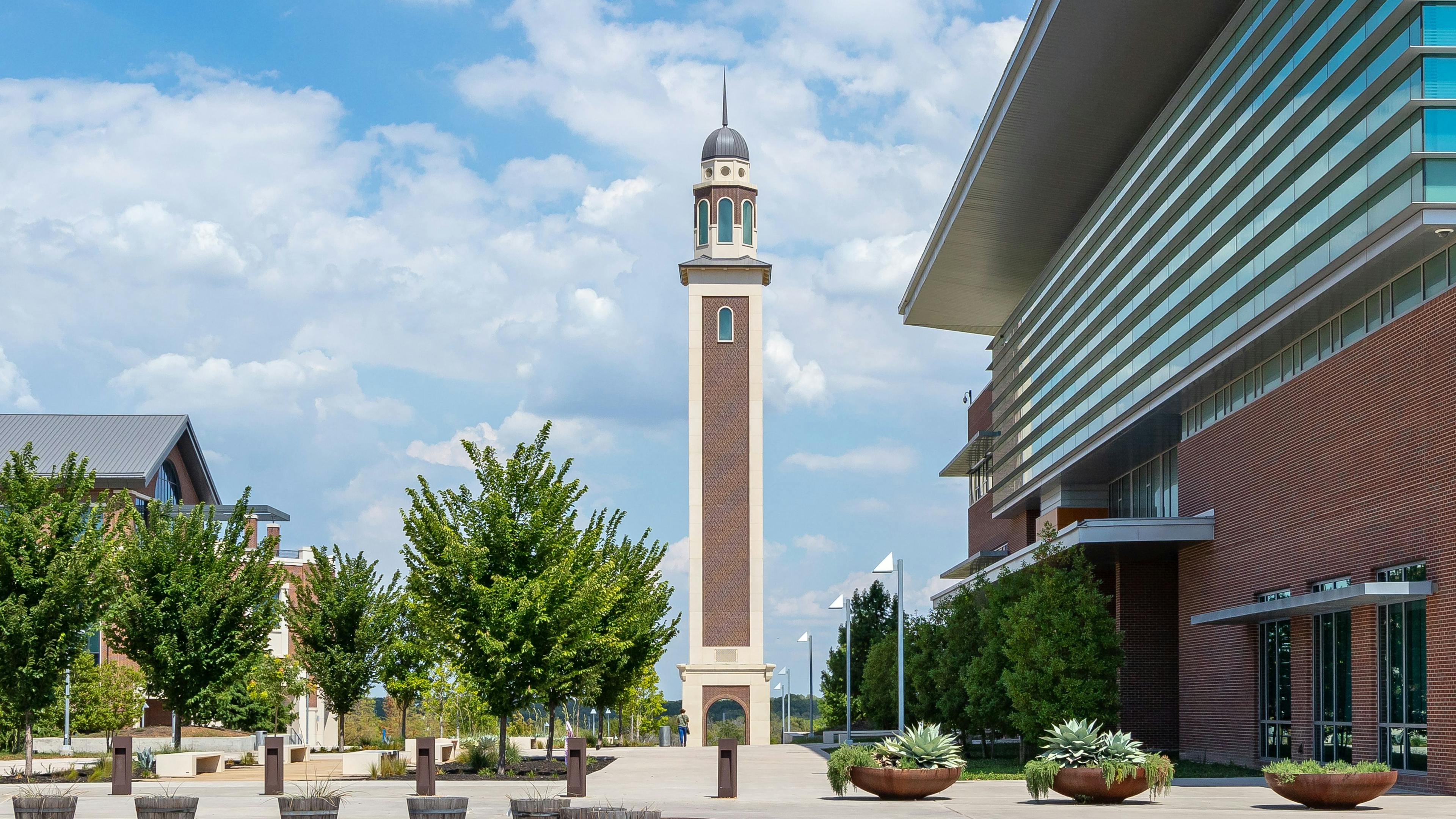
Increase Safety and Efficiency Using Concrete Instead of Wood
As the county’s population continues to shift, mid-rise and high-rise buildings are an increasingly popular solution to address growing housing demands. Developers for multifamily housing are embracing groundbreaking techniques to keep these buildings resilient, sustainable and forward-thinking. Choosing non-combustible materials, such as concrete, and high sprinkler standards for these developments provides the greatest form of protection and ensures a stronger, safer future.
Costs
Recently, a nationwide relaxation of building codes has allowed cheaper, less-sturdy construction materials to rise in popularity for firms looking to cut corners. Since the housing crash of 2008, local and national lawmakers have eased restrictions in fire codes in mid- and high-rise construction; subsequently, some developers seeking rapid fiscal turnaround have taken advantage of wood’s cheap upfront costs.
Unfortunately, these same developers have ignored concrete’s superior long-term cost efficiency. In looking at a full building lifecycle, concrete eclipses wood by a decade, as it is clearly an investment that pays off in the long run. Folded into this figure is energy efficiency, where concrete performs 5 percent to 8 percent better than wood. Builder’s risk insurance for concrete construction must also be considered, which ranges anywhere from 22 percent to 72 percent less than wood; as well as commercial property insurance, which ranges from 14 percent to 65 percent less than wood. This is a huge consideration that should not be overlooked in cost assessment.
Technology
Concrete is also making significant developments in its usability, and innovation is at the foundation of the industry to keep concrete ahead of the curve. Developing technologies in concrete construction have yielded methods such as Insulated Concrete Forms (ICFs). ICFs are created off-site, which can simplify the construction process, and concrete can often can be erected faster than wood, thus saving on first costs. Especially given these advanced new applications, concrete continues to be efficient and easy to install. Concrete’s superior durability and load-bearing capacities far outshine that of wood, reducing construction time and labor. More importantly, the fewer load-bearing columns and more open space in concrete construction vastly improve fire safety.
Safety
Perhaps the most important consideration in evaluating building materials for multifamily homes is safety. Particularly now, in the midst of a surge of residential fires across the county, it is important to note wood’s inferiority regarding fire safety. Considering that concrete is more durable, more suited to withstand natural disasters and less combustible, the contention that wood-framed construction is a safe choice warrants scrutiny. Fire risk, during and after construction, is far higher in wood than in concrete, and some experts have linked the increase in wood-framed construction to the past decade’s surge in mid-rise residential fires.
Across the county, wood-framed multifamily residential projects under construction and completed have seen devastating fires, leading to damage, displacement and danger. The only protection against ignition for flammable building materials comes in the form of weak safeguards such as no nighttime cooking at construction sites. Those risk reduction methods just aren’t enough to counteract wood’s inherent flammability. These fires lead to huge financial cost, requiring cleanup, relocation and rebuilding.
Concrete has proven time after time to be less susceptible to total loss and collateral damage. A recent cost study on Los Angeles County fires, released by Urvashi Kaul, consultant and adjunct assistant professor at Columbia University, suggests that in major counties such as Los Angeles, fires in mid-rise buildings with combustible frames could cost $22.6 billion over the next fifteen years. More than $17 billion of this figure is attributed to direct losses from property damage.
All of this, of course, pales in comparison to the potential for human loss in wood-framed construction fires. While it is imperative to view buildings as financial investments, they must also be viewed as investments in our society. There is no excuse to place lives at risk through the continued use of flammable building materials—the potential cost is too great a burden to bear.
Education is key to the future of construction; but it is crucial that in this endeavor to educate, all available options are considered, and that tried-and-true construction methods such as concrete are not ignored. Have no doubt: Concrete represents the safety and efficiency that buildings and neighborhoods need.
Related stories








